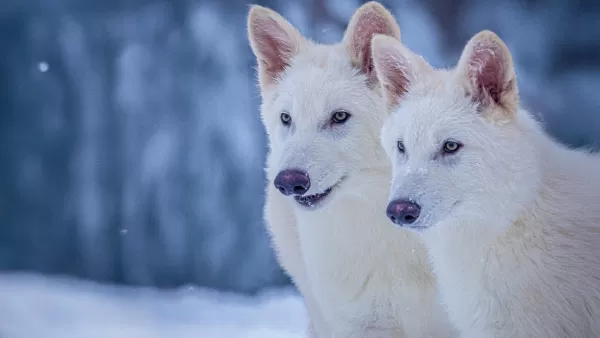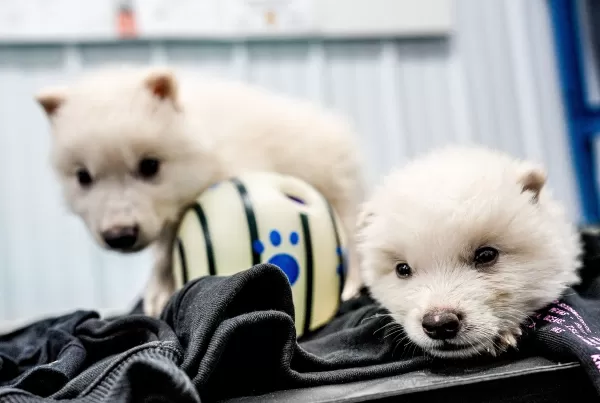by Zoe Apr 09,2025
Bringing a super-sized canine back from extinction after 12,500 years might sound like a plot from a blockbuster movie filled with special effects and dramatic scenes, but it's become a reality thanks to the efforts of Colossal Biosciences. This biotech company has successfully reintroduced three dire wolves into the world, now residing in a secret location within the United States.

“I could not be more proud of the team. This massive milestone is the first of many coming examples demonstrating that our end-to-end de-extinction technology stack works,” said Ben Lamm, CEO of Colossal Biosciences.
“Our team took DNA from a 13,000-year-old tooth and a 72,000-year-old skull and made healthy dire wolf puppies. It was once said, ‘any sufficiently advanced technology is indistinguishable from magic.’ Today, our team gets to unveil some of the magic they are working on and its broader impact on conservation.”

The company's mission extends beyond creating social media sensations or exotic pets. They aim to leverage their findings to aid in the conservation of existing species for future generations.
“The de-extinction of the dire wolf and an end-to-end system for de-extinction is transformative and heralds an entirely new era of human stewardship of life,” said Dr. Christopher Mason, a scientific advisor and member of the board of observers for Colossal.
“The same technologies that created the dire wolf can directly help save a variety of other endangered animals as well. This is an extraordinary technological leap in genetic engineering efforts for both science and for conservation as well as preservation of life, and a wonderful example of the power of biotechnology to protect species, both extant and extinct.”
Colossal Biosciences has collaborated with the American Humane Society and the USDA to ensure the welfare of the dire wolves, who live on a sprawling 2,000+ acre preserve. These animals are cared for by a dedicated team, ensuring their health and well-being as they live out their lives in this carefully managed environment.
Forsaken Characters Ranked: Tier List Update 2025
How to Use Cheats in Balatro (Debug Menu Guide)
State of Play Reveals Exciting Updates: PlayStation February 2025 Showcase
Infinity Nikki – All Working Redeem Codes January 2025
Roblox: Obtain Secret Codes for January 2025 (Updated)
Pokémon GO Raids in January 2025
Wuthering Waves: Redeem Codes for January 2025 Released!
LEGO Ninjago Sets Top the Charts (2025)

Everlasting Alchemists
Download
Word Pizza - Word Games
Download
Car Crash: 3D Mega Demolition
Download
Dinosaur games - Dino land
Download
Die Again
Download
Bus Simulator 3D - Bus Games
Download
Michael Myers Halloween Trivia
Download
Woozworld - Virtual World
Download
Blackjack Legends: 21 Online Multiplayer Casino
Download